Fresh & Easy, Tesco's US-based convenience chain, will no longer require a recovery in the US economy in order to make money, and will be profitable from 2012/13, CEO Sir Terry Leahy predicted this week.
In his last results presentation as Tesco's CEO, Leahy declared "the model is right" following supply chain alterations and other tweaks to the offer that resulted in lower costs, improved service and the temporary mothballing of 13 stores. The store opening programme will accelerate in the second half, he added, with 19 new stores.
Despite it already racking up losses totalling £465m since its start-up in 2007, Leahy's confidence had been boosted by a 10% increase in like-for-like sales at the loss-making chain, together with "unprecedented" customer satisfaction scores that suggested the model was more popular on nine out of 13 metrics versus rivals such as Walmart and Kroger (left).
"The response to Fresh & Easy has always been good, but how good is only now becoming apparent," said Leahy. "The model is coping well with the economic environment, and no longer needs a recovery to do well."
The chain had incurred substantial set-up costs, as it was the only Tesco business to include food manufacturing facilities, said Leahy. But it was "heavily operationally geared" and once it reached scale, profits would start to flow.
In an action-packed week for UK grocery results, Tesco's performance on its home turf was more muted, with UK sales up 5.9% to £21.9bn. Like-for-like sales rose 0.3%. Leahy said Tesco UK was outperforming the industry in a time of "unusually low industry growth" and had "uniquely" bucked the trend of declining shopper loyalty.
He said the results provided a platform for growth as the economy started to benefit from the "tailwinds of recovery", while petrol cost increases were now easing. Leahy expected the recovery in sales of Tesco Finest since last September to continue despite austerity measures and "sporadic" price material inflation.
Meanwhile Sainsbury's reported an impressive set of second-quarter figures, with like-for-likes up 2.9%.
M&S also reported a strong performance, with food share up to 3.7% and total group sales up 6.5% in Q2. Food sales rose 5.2%, in part due to 370 new ranges and five 'dine in' promotions.
And at home... the latest figures from the major supermarkets
Asda (52 weeks to 31 December 2009)
Pre-tax profits up 53% to £798.7m
Revenue up 6.8% to £19.8bn
Like-for-like sales up 6%
Marks & Spencer (13 weeks to 2 October)
Group sales up 6.5%
Food sales up 5.2%
Like-for-like food sales up 3.7%
Sainsbury's (16 weeks to 2 October)
Total sales up 5.2%
Q2 like-for-like sales up 2.9%
First-half like-for-likes up 2.0%
Tesco (26 weeks to 28 August)
Pre-tax profits up 12.5% to £1.6bn
Group sales up 8.3% to £32.9bn
UK like-for-like sales up 0.3%
In his last results presentation as Tesco's CEO, Leahy declared "the model is right" following supply chain alterations and other tweaks to the offer that resulted in lower costs, improved service and the temporary mothballing of 13 stores. The store opening programme will accelerate in the second half, he added, with 19 new stores.
Despite it already racking up losses totalling £465m since its start-up in 2007, Leahy's confidence had been boosted by a 10% increase in like-for-like sales at the loss-making chain, together with "unprecedented" customer satisfaction scores that suggested the model was more popular on nine out of 13 metrics versus rivals such as Walmart and Kroger (left).
"The response to Fresh & Easy has always been good, but how good is only now becoming apparent," said Leahy. "The model is coping well with the economic environment, and no longer needs a recovery to do well."
The chain had incurred substantial set-up costs, as it was the only Tesco business to include food manufacturing facilities, said Leahy. But it was "heavily operationally geared" and once it reached scale, profits would start to flow.
In an action-packed week for UK grocery results, Tesco's performance on its home turf was more muted, with UK sales up 5.9% to £21.9bn. Like-for-like sales rose 0.3%. Leahy said Tesco UK was outperforming the industry in a time of "unusually low industry growth" and had "uniquely" bucked the trend of declining shopper loyalty.
He said the results provided a platform for growth as the economy started to benefit from the "tailwinds of recovery", while petrol cost increases were now easing. Leahy expected the recovery in sales of Tesco Finest since last September to continue despite austerity measures and "sporadic" price material inflation.
Meanwhile Sainsbury's reported an impressive set of second-quarter figures, with like-for-likes up 2.9%.
M&S also reported a strong performance, with food share up to 3.7% and total group sales up 6.5% in Q2. Food sales rose 5.2%, in part due to 370 new ranges and five 'dine in' promotions.
And at home... the latest figures from the major supermarkets
Asda (52 weeks to 31 December 2009)
Pre-tax profits up 53% to £798.7m
Revenue up 6.8% to £19.8bn
Like-for-like sales up 6%
Marks & Spencer (13 weeks to 2 October)
Group sales up 6.5%
Food sales up 5.2%
Like-for-like food sales up 3.7%
Sainsbury's (16 weeks to 2 October)
Total sales up 5.2%
Q2 like-for-like sales up 2.9%
First-half like-for-likes up 2.0%
Tesco (26 weeks to 28 August)
Pre-tax profits up 12.5% to £1.6bn
Group sales up 8.3% to £32.9bn
UK like-for-like sales up 0.3%

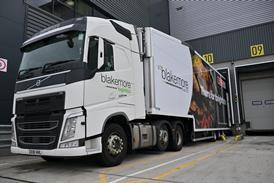
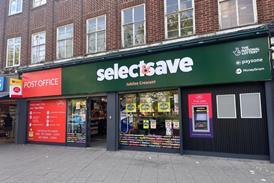
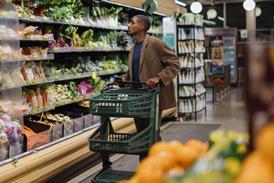






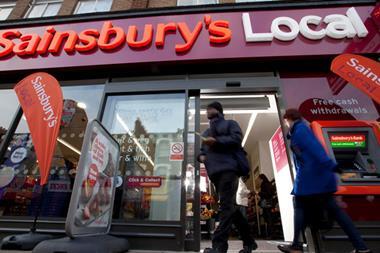
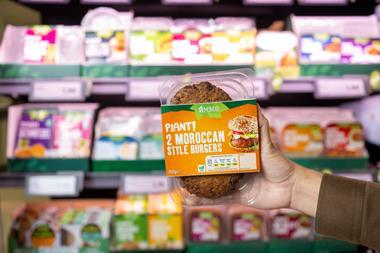


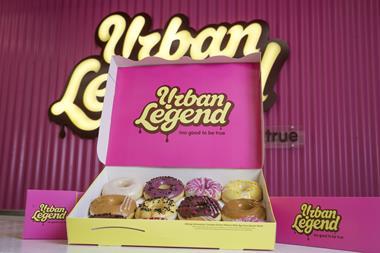
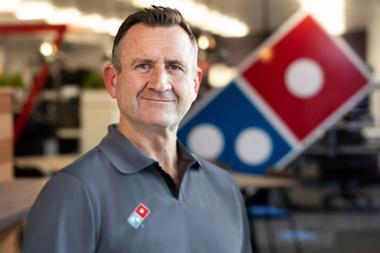

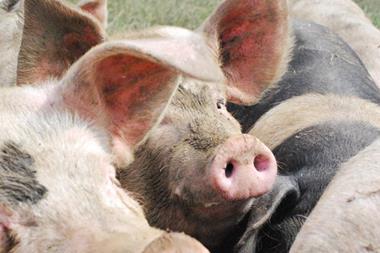
No comments yet